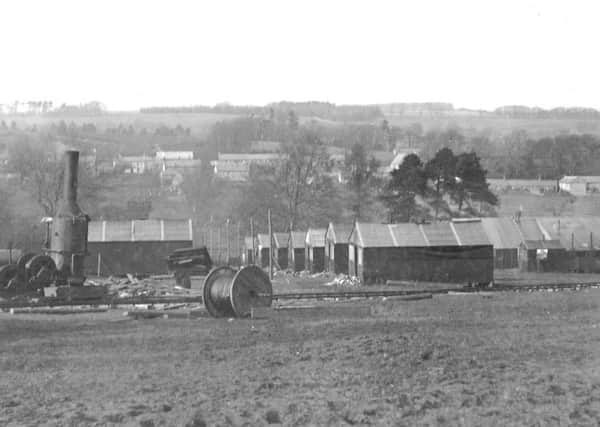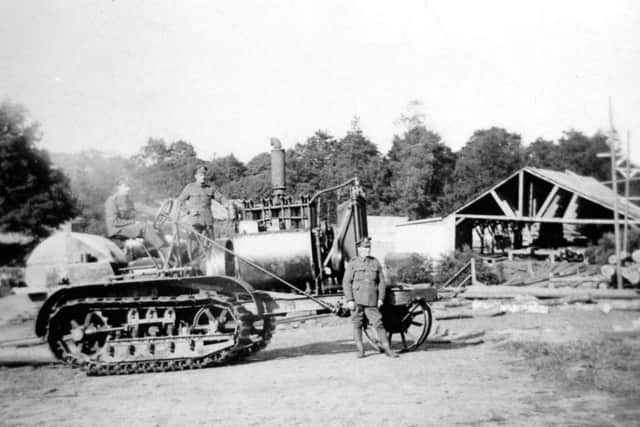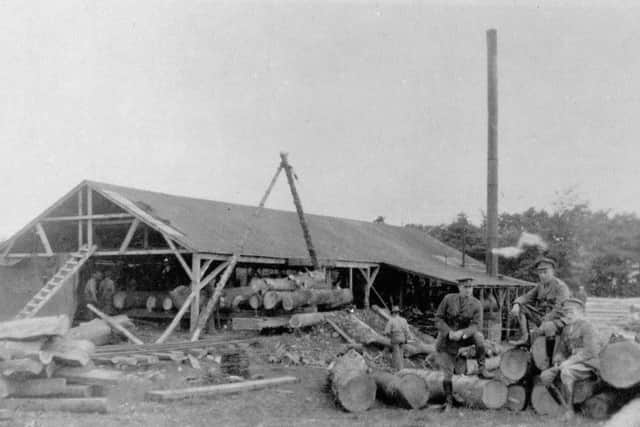Showcase of work on war camps


The museum at Aln Valley Railway’s Lionheart Station is hosting the work until spring 2017.
It consists of a large number of photographs, maps and copies of contemporary postcards illustrating the Canadians’ camps, forestry activities and, in particular, the railways which they constructed at Harbottle, Thrunton and Chillingham.


Advertisement
Hide AdAdvertisement
Hide AdIt was 100 years ago, in 1916, that the Ministry of Supply foresaw a major problem in keeping up with the supply of timber for the war effort.
Increasing numbers of pit props were needed in the pits so that the fleet and the railways could obtain the coal that could increase their activities. More and more timber was required by the army for lining trenches, building accommodation for the troops, for building wooden roadways on soft ground, for crates and boxes for vital stores and ammunition, and so on.
Yet, many of the British forestry workers had enlisted in the forces and were manning the trenches or serving on vessels so there was a dearth of foresters to harvest the timber.
Mr Bonar Law, on behalf of the Government, appealed to the Commonwealth for help and the Canadian Government responded very quickly by sending various Battalions of their Forestry Corps across the Atlantic to the rescue.


Advertisement
Hide AdAdvertisement
Hide AdThus, Canadian camps were set up at Harbottle, Thrunton and Chillingham, with a fourth camp, at Felton, not being needed as the war came to an end before construction commenced.
Roger Jermy, of Aln Valley Railway, said: “The exhibition includes a detailed accompanying text which describes their local forestry activities and included is a picture of the war grave (in Whittingham churchyard) of one of the Canadian foresters, who died while serving at Thrunton. Other First World War Canadian graves occupy spaces at Alnwick Cemetery.”
The photograph at the top of the page is indicative of the camps that were erected.
It was taken from an old postcard and shows, in the foreground, one of the railway lines which led the timber wagons to the sawmill.


Advertisement
Hide AdAdvertisement
Hide AdNext to this is a vertical ‘donkey engine’ and associated winch which was used to haul the wagons along the rails using long cables. Such engines were also used at Thrunton and Chillingham. Behind are the timber huts, which formed the Canadians’ camp and in the background can be seen the main part of Harbottle village.
Elsewhere the Canadians used horses to pull the timber wagons, and even a small steam locomotive at Thrunton, pictures of which appear in the exhibition.
l A summer fair at the railway on July 31 was a huge success. It proved to be the best attended event yet and by 11.30am the car par was already full.